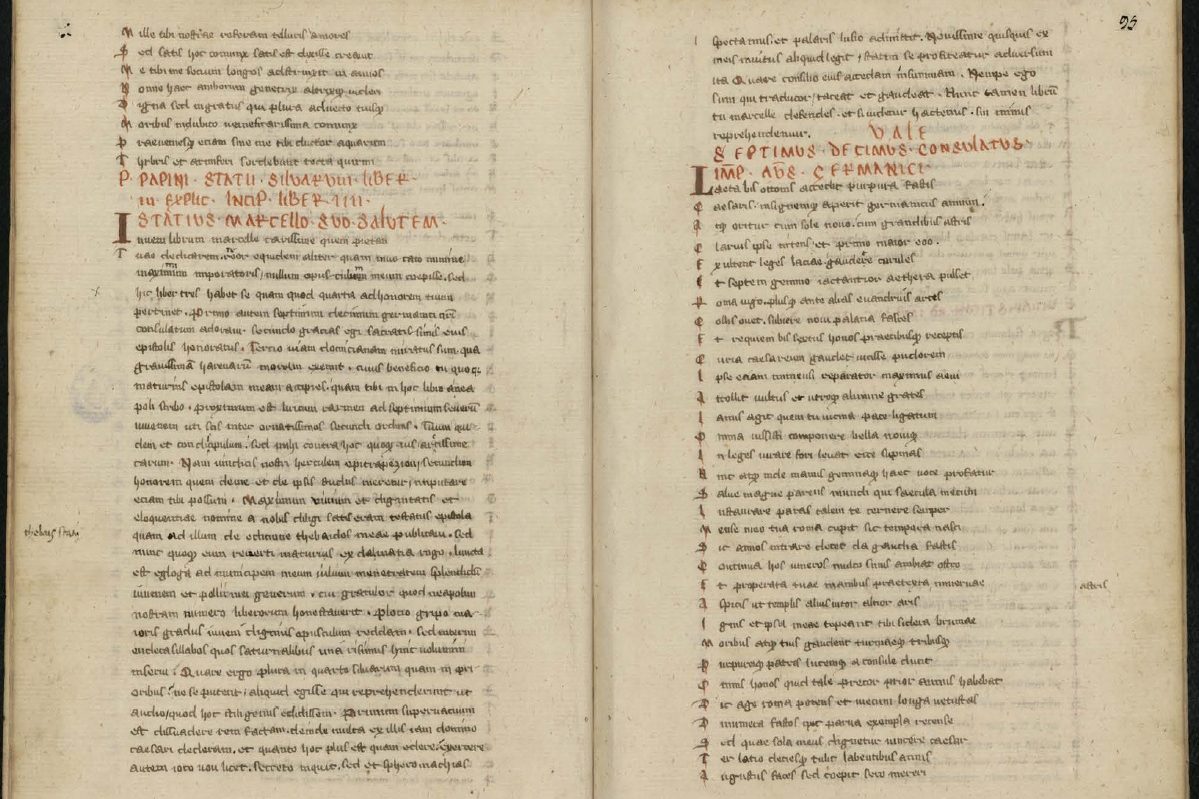Paper Grading Rubric
The following rubric represents a synopsis of the sorts of characteristics of papers in each grade range. THEY ARE NOT EXHAUSTIVE RULES but rather a sort of general guide. This guide should also be taken in conjunction with my paper writing guidelines and general grading guidelines. Please note that this rubric does not address research.
The A-range (excellent) papers
- Has a clearly stated and interesting thesis, one that does not make an obvious or trivial case, but rather carefully argues for a conclusion that at first glance might be surprising or counter-intuitive;
- Clearly states the methodology by which the paper will argue for its thesis;
- Is written in a lively and engaging fashion that includes the appropriate and satisfying choices of words and phrases;
- Focuses on a relatively narrow topic and argues for its claims in a careful and coherent manner (the paper does not try to address a number of issues in a superficial fashion);
- Deals effectively with textual evidence, and uses judicious quotation to support its argument, rather than allowing citation to substitute for argument;
- Considers counterexamples and/or alternative interpretations to its central argument, and convincingly shows why these objections do not undermine its main claims;
- Is written in standard English with no (or very few) grammatical or typographical errors.
- Research papers will also include full and active engagement with the pertinent scholarly conversation(s).
The B-range (good) paper
- Has a clearly stated thesis but addresses a topic or claim that might be relatively uncontroversial, or perhaps attempts to prove too much;
- Employs a methodology that might be promising but is perhaps problematic;
- Is well written, although not always entirely engaging; some sentences or passages might be awkward;
- Proceeds in a careful, linear manner, but with occasional argumentative lapses (either by trying to present too many considerations, or by failing to fill in crucial steps in the case for the thesis);
- Uses textual evidence to good effect, but sometimes allows quotation to substitute for argument;
- Considers some counterexamples and/or interpretive alternatives, but does not deal with them in great depth, or fails to show why these examples do not undermine the main thesis of the paper;
- Displays a good command of grammatical and syntactic rules, but suffers from several examples of infelicitous construction.
- Research papers will demonstrate some engagement with the pertinent scholarly conversation(s); there may be some significant omissions.
The C-range (satisfactory) paper
- Has an articulated thesis, although its precise claim might be somewhat unclear;
- Argues for too broad a conclusion, or addresses a topic that is uncontroversial;
- Has a generally clear structure, but fails to proceed in a linear and straightforward fashion;
- Provides little or no methodological considerations;
- Considers textual evidence, but allows cited material to substitute for careful argument or exposition, or mischaracterizes the positions of the works quoted;
- Occasionally fails to fill in key steps of arguments, or reaches conclusions that are unsupported by the evidence presented;
- Comes to an abrupt conclusion, or ends with a claim that that does not follow from the argument of the paper;
- Considers a counterexample, but addresses it in a relatively cursory fashion, or fails to show how the thesis can be maintained in the face of the objection;
- Suffers from lapses of unclear prose, or makes claims that remain opaque to the reader, and may engage in awkward or inappropriate choices of words and phrases;
- Shows a generally good grasp of grammatical rules, but contains a number of grammatical and punctuation errors.
- Research papers will demonstrate poor engagement with the pertinent scholarly conversation (s); there are significant omissions and/or irrelevancies.
The D-range (poor) or F-Range (failing) paper
- Has a poorly formed or incoherent thesis;
- Does not argue in a clear and straightforward fashion for its central claim, or does not offer any clear support for its central claims;
- Fails to provide an account of methodology;
- Distorts textual evidence, or fails to pay attention to the texts addressed;
- Suffers from major structural or grammatical flaws, and contains a good number of spelling, punctuation or syntactical mistakes;
- Might arouse suspicions of plagiarism.
- Research papers show little to no engagement with the pertinent scholarly conversation(s).
Note: D or F-range papers are cause for concern, and should be followed by a meeting in office hours.
